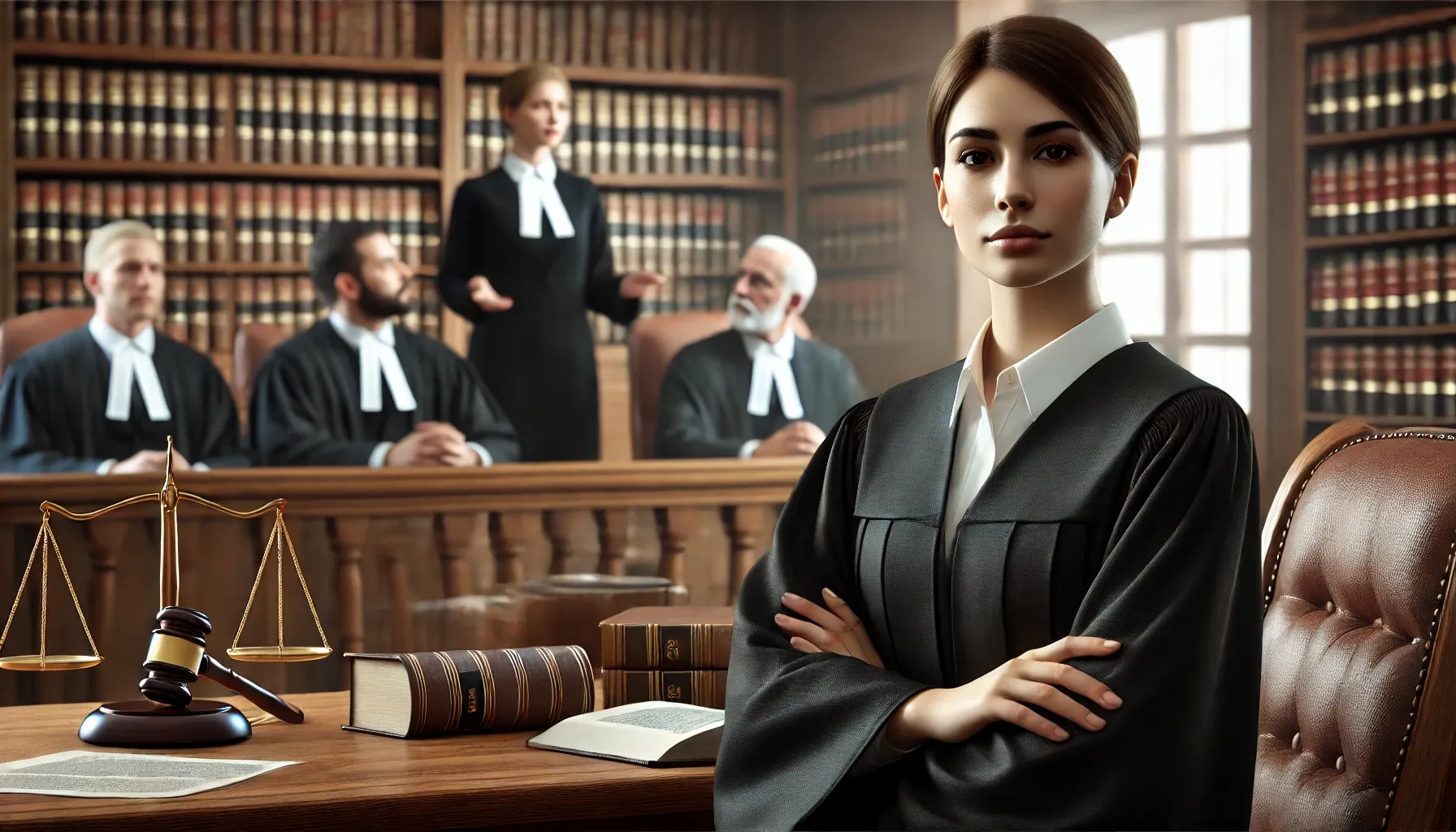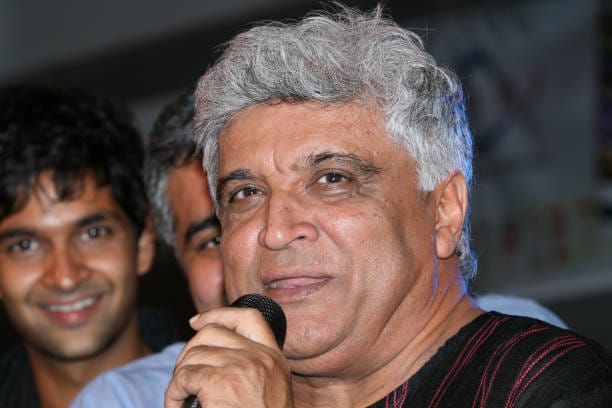The Supreme Court of India is set to initiate live-streaming of all its bench hearings, following a successful test conducted on October 18, 2024. This expansion comes after years of streaming only constitution bench matters and high-profile cases. By moving to a dedicated application, the Court aim

AI that prepares briefs and compliance checklists
In a significant move towards transparency and public access to judicial proceedings, the Supreme Court of India is set to begin live-streaming the regular hearings from all its benches. This initiative, first tested on October 18, 2024, marks a pivotal moment in the judicial system, furthering the concept of open courts and allowing the public to witness court proceedings in real time. The streaming was conducted on the Supreme Court’s dedicated application, moving away from the use of its official YouTube channel. While constitution bench hearings and cases of national importance have already been live-streamed in the past, this development brings a new level of transparency to everyday legal matters.
Key Points:
- Live-Streaming Test Format
On October 18, 2024, the Supreme Court live-streamed regular bench hearings in a test format, transitioning from broadcasting only high-profile cases to live coverage of all benches. The NEET-UG and RG Kar suo motu cases were among the recent hearings streamed considering public interest. - Transition to the Court’s Application
Unlike previous instances, where hearings were live-streamed via the Supreme Court’s YouTube channel, this time the live streaming was conducted on the Court’s proprietary application. This marks a shift towards a more controlled platform for public access. - Upcoming Official Launch
Although the live-streaming test was successful, the official launch of live-streaming for all regular hearings is yet to be announced. This initiative aligns with the principles of transparency and public access to justice. - The 2018 Landmark Judgment
This step builds upon the 2018 landmark judgment in Swapnil Tripathi v. Supreme Court of India, where the Supreme Court first allowed virtual access to courtroom proceedings for cases of constitutional and national importance. However, cases involving juveniles, sexual assault, and matrimonial issues remain excluded from this public access. - First Live-Streamed Case
The first case ever live-streamed was the EWS quota case (pleas challenging the 103rd Constitution Amendment) in 2022. Now, this expansion to live-streaming regular matters extends the public’s right to observe judicial proceedings. - High Courts and Live-Streaming
Several High Courts across the country have followed the Supreme Court’s lead in live-streaming proceedings. The Gujarat High Court was the first to adopt live-streaming, furthering the trend of public access to courtrooms. - Open Courts and Transparency
The Supreme Court’s move towards live-streaming regular hearings is rooted in the idea of open courts, promoting the public right to know and increasing transparency in the functioning of the judiciary.





